Today, I’d like to talk about organizing the interior of aluminum cases. While aluminum cases are sturdy and great for protecting items, poor organization can waste space and even increase the risk of damage to your belongings. In this blog, I’ll share some tips and tricks on how to sort, store, and protect your items effectively.
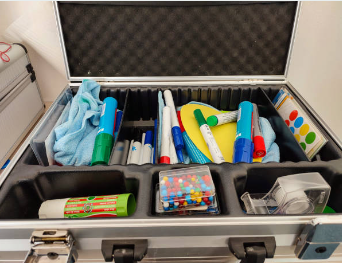
1. Choose the Right Type of Internal Dividers
The interior of most aluminum cases is initially empty, so you’ll need to design or add compartments to suit your needs. Here are some popular options:
① Adjustable Dividers
· Best for: Those who frequently change the layout of their items, like photographers or DIY enthusiasts.
· Advantages: Most dividers are movable, allowing you to customize the layout based on the size of your items.
· Recommendation: EVA foam dividers, which are soft, durable, and excellent for protecting items from scratches.
② Fixed Slots
· Best for: Storing similar tools or items, such as makeup brushes or screwdrivers.
· Advantages: Each item has its own designated space, which saves time and keeps everything neat.
③ Mesh Pockets or Zippered Bags
· Best for: Organizing small items, such as batteries, cables, or small cosmetics.
· Advantages: These pockets can be attached to the case and are perfect for keeping tiny items from scattering.
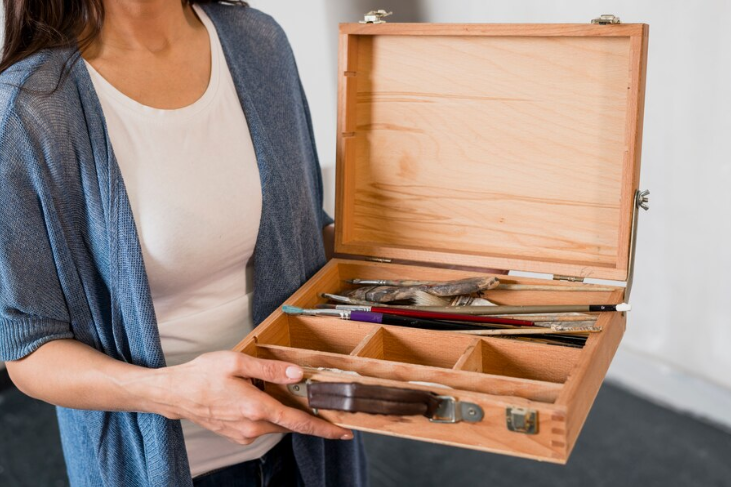
2. Categorize: Identify Item Types and Usage Frequency
The first step to organizing an aluminum case is categorization. Here’s how I usually do it:
① By Purpose
· Frequently Used Tools: Screwdrivers, pliers, wrenches, and other commonly used items.
· Electronic Equipment: Cameras, lenses, drones, or other items requiring extra protection.
· Everyday Items: Notebooks, chargers, or personal belongings.
② By Priority
· High Priority: Items you need often should go in the top layer or most accessible area of the case.
· Low Priority: Items used infrequently can be stored at the bottom or in corners.
Once categorized, assign a specific zone in the case for each category. This saves time and reduces the chances of leaving anything behind.
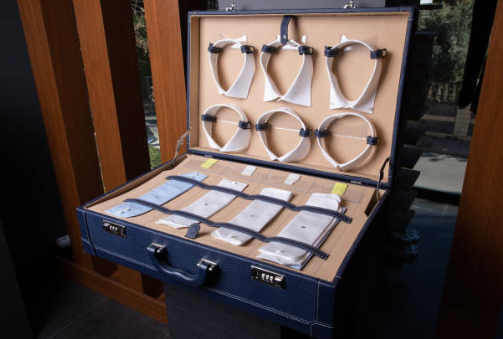
3. Protect: Ensure Item Safety
While aluminum cases are durable, proper internal protection is key to preventing damage during transport. Here are my go-to protection strategies:
① Use Custom Foam Inserts
Foam is the most common material for interior padding. It can be cut to fit the shape of your items, providing a secure and snug fit.
· Advantages: Shockproof and anti-slip, perfect for storing delicate equipment.
· Pro Tip: You can cut foam yourself with a knife or have it custom-made by a manufacturer.
② Add Cushioning Materials
If foam alone isn’t enough, consider using bubble wrap or soft fabric to fill any gaps and reduce the risk of collisions.
③ Use Waterproof and Dustproof Bags
For items sensitive to moisture, such as documents or electronic components, seal them in waterproof bags and add silica gel packets for extra protection.
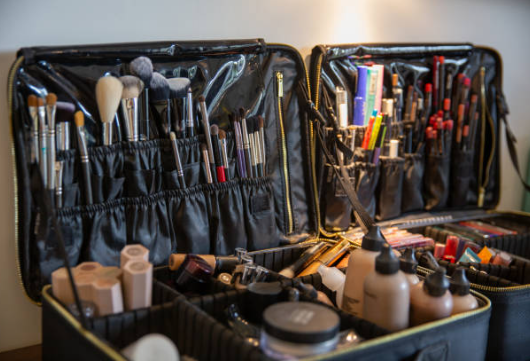
4. Maximize Space Efficiency
The interior space of an aluminum case is limited, so optimizing every inch is crucial. Here are some practical tips:
① Vertical Storage
· Place long, narrow items (like tools or brushes) upright to save horizontal space and make them easier to access.
· Use slots or dedicated holders to secure these items and prevent movement.
② Multi-Layer Storage
· Add a second layer: Use dividers to create upper and lower compartments. For example, small items go on top, and larger ones go below.
· If your case doesn’t have built-in dividers, you can DIY with lightweight boards.
③ Stack and Combine
· Use small boxes or trays to stack items like screws, nail polish, or accessories.
· Note: Ensure the stacked items don’t exceed the closing height of the case lid.
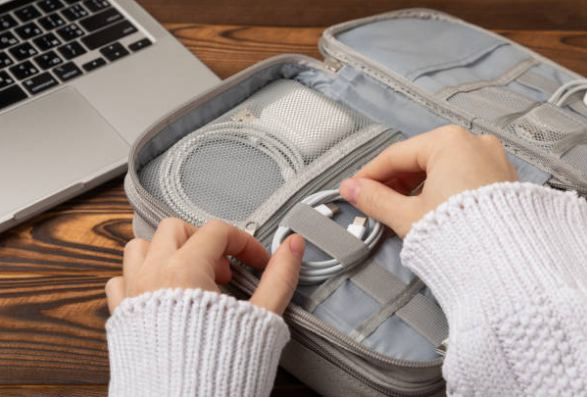
5. Fine-Tune the Details for Efficiency
Small details can make a big difference in how you use your aluminum case. Here are some of my favorite enhancements:
① Label Everything
· Add small labels to each compartment or pocket to indicate what’s inside.
· For large cases, use color-coded labels to quickly distinguish categories—for example, red for urgent tools and blue for spare parts.
② Add Lighting
· Install a small LED light inside the case to make it easier to find items in low-light conditions. This is especially useful for toolboxes or photography equipment cases.
③ Use Straps or Velcro
· Attach straps to the inner lid of the case for holding flat items like documents, notebooks, or manuals.
· Use Velcro to secure tool bags or devices, keeping them firmly in place during transport.
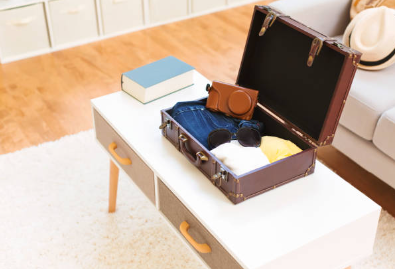
6. Avoid Common Mistakes
Before wrapping up, here are some common pitfalls to avoid:
· Overpacking: Even though aluminum cases are spacious, avoid cramming too many items inside. Leave some buffer space to ensure proper closure and item protection.
· Neglecting Protection: Even durable tools need basic shockproofing to avoid damaging the case interior or other items.
· Skipping Regular Cleaning: A cluttered case with unused items can add unnecessary weight and reduce efficiency. Make it a habit to declutter regularly.
Conclusion
Organizing an aluminum case is simple but essential. By categorizing, protecting, and optimizing your items, you can make the most of the case’s space while keeping everything safe and secure. I hope my tips are helpful for you!
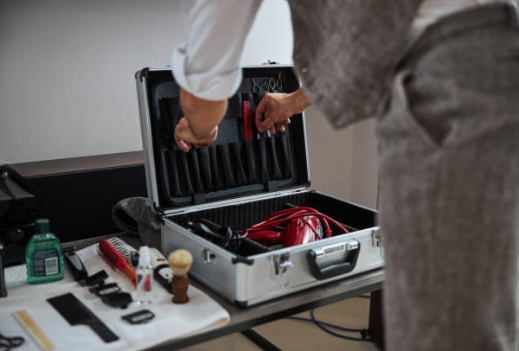
Post time: Nov-27-2024






